Noto is perhaps the most interesting of the 18th-century Baroque towns of Sicily. It was built after the earthquake of 1693 when the former town (now known as Noto Antica) was abandoned. An excellent example of 18th-century town planning, the local limestone has been burnt gold by the sun. The inhabitants call their city ‘il giardino di pietra’, the garden of stone.
Porta Reale, surmounted by the three symbols of the people of Noto, a tower for strength, dog for loyalty, and pelican for self-sacrifice, was erected for the visit of Ferdinand II of Bourbon in 1838. It leads into Corso Vittorio Emanuele, along which the town rises to the right and falls away to the left. By skilful use of open spaces and monumental flights of steps, this straight and level street, 1km long, has been given a lively skyline and provides successive glimpses of the countryside.
Blue Guide Sicily: Ellen Grady
We were surprised to find so much Spanish Baroque architecture in Sicily. I hadn’t realised it had been occupied by the conquistadores. They had taken many of the towns destroyed by earthquakes in the 17th century and rebuilt them in their own image, so that now parts of Siracusa, Ragusa, Modica, Scicli and especially Noto look as if they’ve been transported from Havana. The streets of Noto seem to be arranged like a stage-set with grand, theatrical buildings as a backdrop to promenading tourists.
Sometimes it was more interesting backstage.
At the Convitto delle Arti Noto Museum we found a Pablo Picasso exhibition.
Also a Frida Kahlo exhibition.
Frida: Sergio Fiorentino
This photograph seemed to link the two exhibitions.
Four Enlaced Profiles: Pablo Picasso
Self Portrait: Pablo Picasso
Bird under the Sun and 2x Bird on a Branch: Pablo Picasso
Bird on a Door
Back out on the street this iron door-knocker recalled Georges Braque’s birds.
At the Chiesa di San Carlo al Corso we climbed the steep narrow spiral staircase of the Campanile, holding on tight to the central rope handrail, hoping not to run into anyone on their way back down.
At the heart of the town, the immense facade of the duomo, rising above a dramatic stairway, looks down on Piazza Municipio with its symmetrical horseshoe hedges of ficus. The Cathedral San Nicola… is newly repaired, including the dome. To the right of the duomo is the Neoclassical Bishop’s Palace and beyond it, also with a flight of approach steps, is the church of San Salvatore… To the left of the duomo is Palazzo Sant’Alfano Landolina, once the residence of the only local family to have a palace on the main street and to be allowed to offer hospitality to visiting royalty.
Blue Guide Sicily: Ellen Grady
We climbed the steps of the cathedral.
Inside we found driftwood constructions that at first sight reminded me of Margaret Mellis.
Chi Piangerà Per Questi Morti? (Who Will Mourn These Dead?): Elia Li Gioi
They are made from fragments of broken migrant boats washed up on the coast of Sicily.
The domes in the roof of the duomo seen from the terrace of the Palazzo Trigona.
Abstracta: A Century of Italian Abstract Art, Museo Gagliardi, Palazzo Trigona
Autoritratto della mia Facciata: Lucio Fontana
Senza Titolo: Carla Badiali
Out on the street we found faded white line drawings, a curious form of road markings, difficult to discern until we remembered the Infiorata which takes place every May on the Corrado Nicolaci, the very same street where we were walking. Three months earlier this was a carpet of floral mosaics.
We came down the street and exited stage left, returning back along Corso Vittorio Emanuele to the ficus trees where we’d been directed to park our car for free by a self-appointed attendant. It was the perfect spot, off the road under the trees and worth every penny of the unofficial parking gratuity.



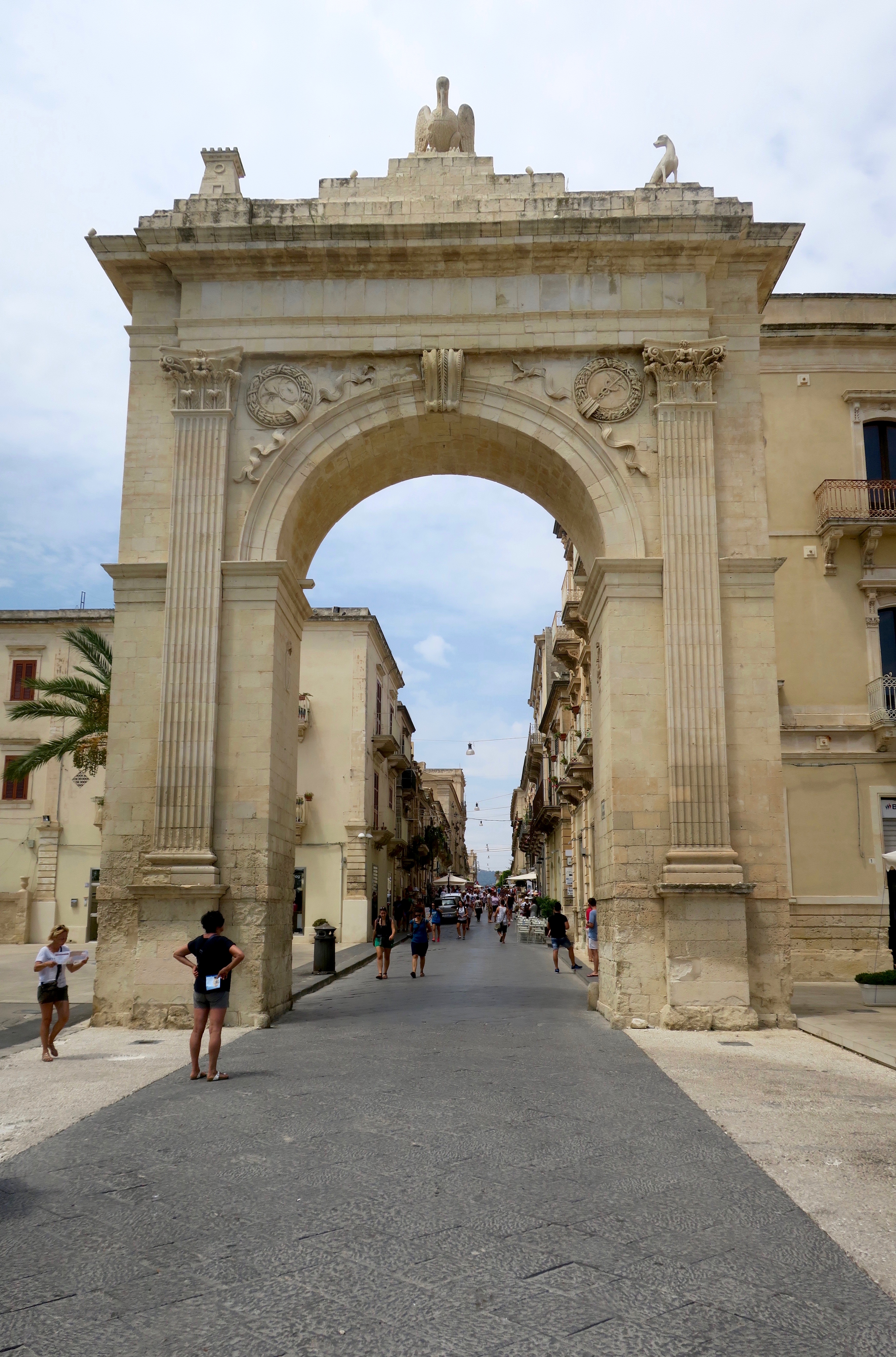


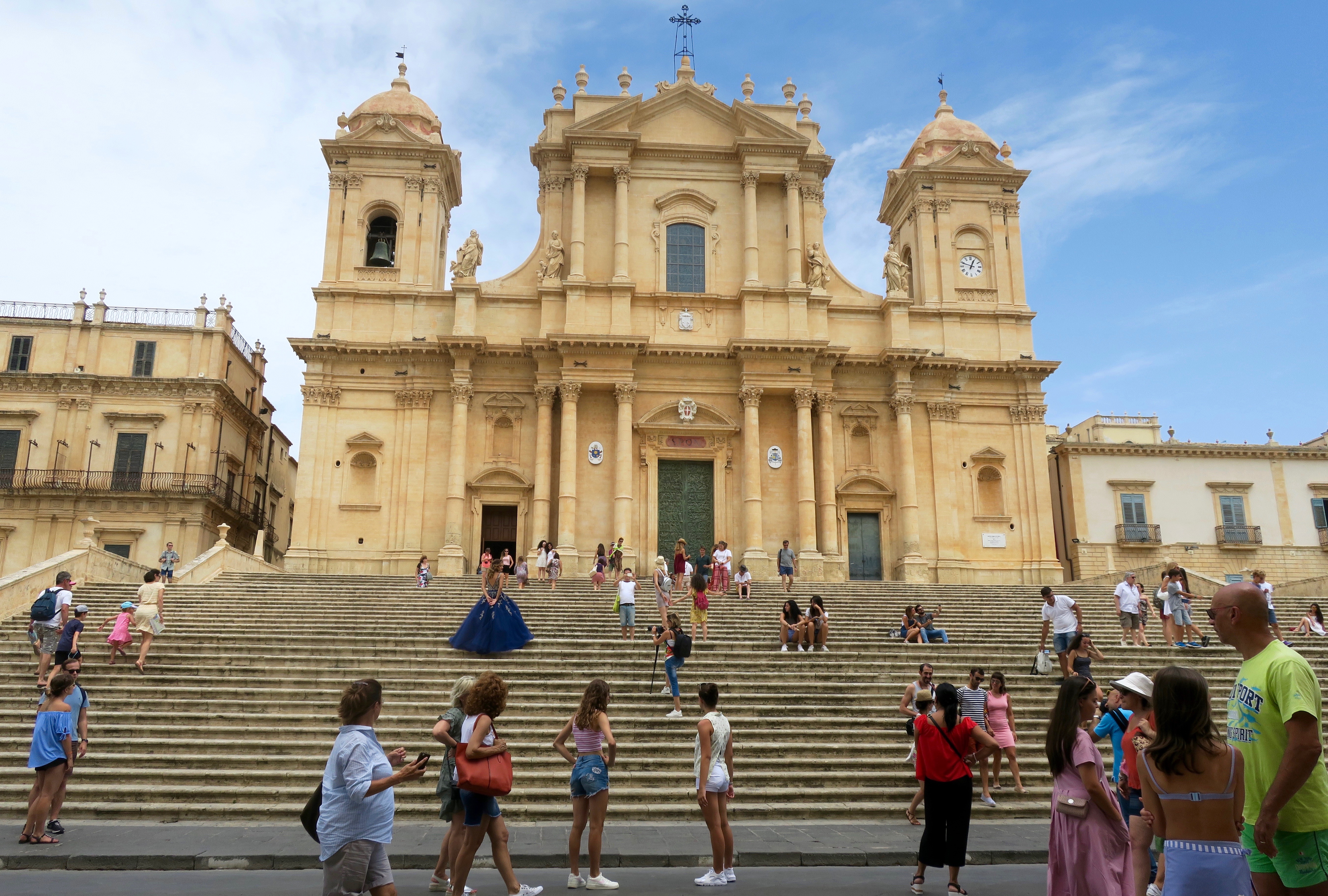



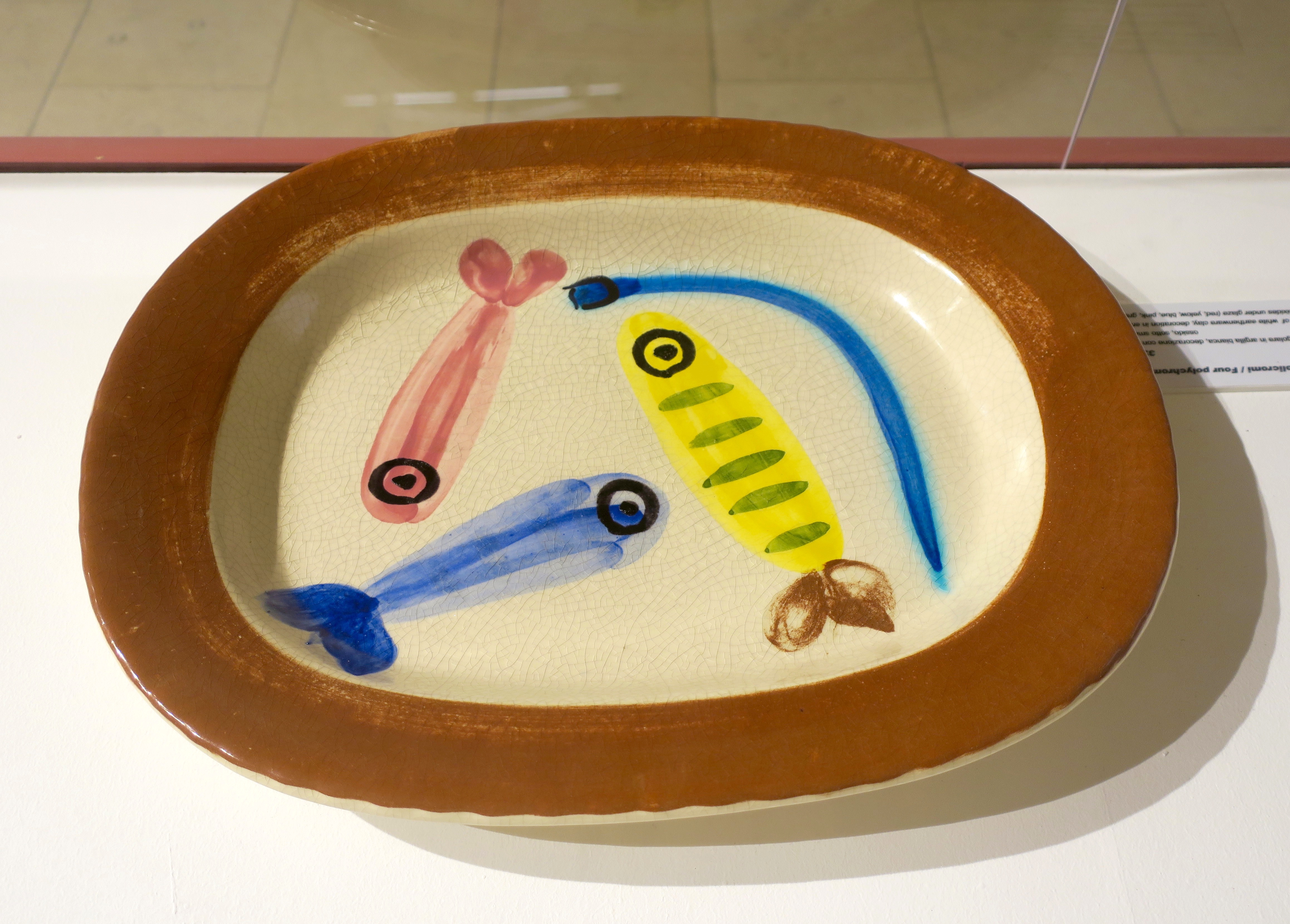


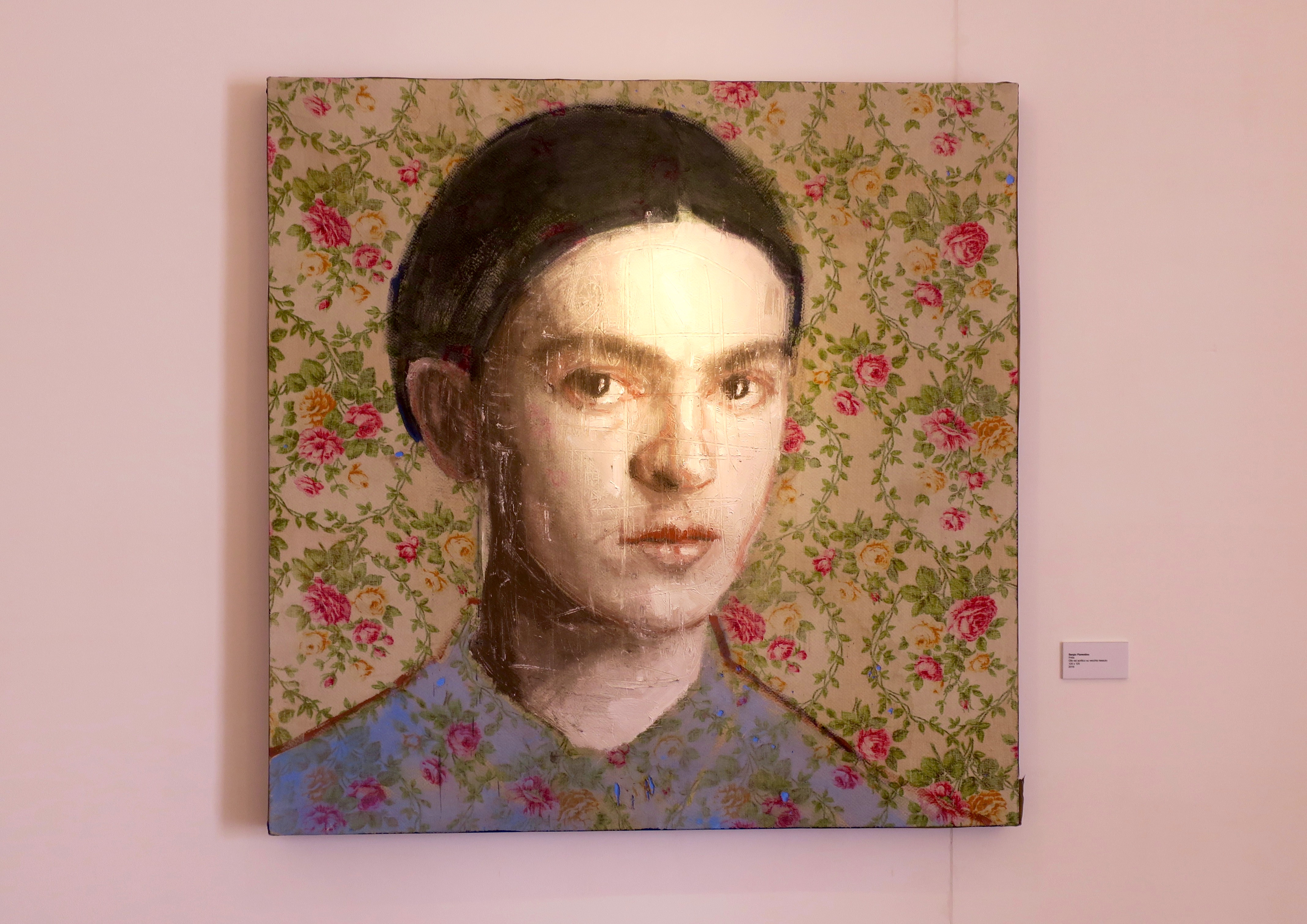




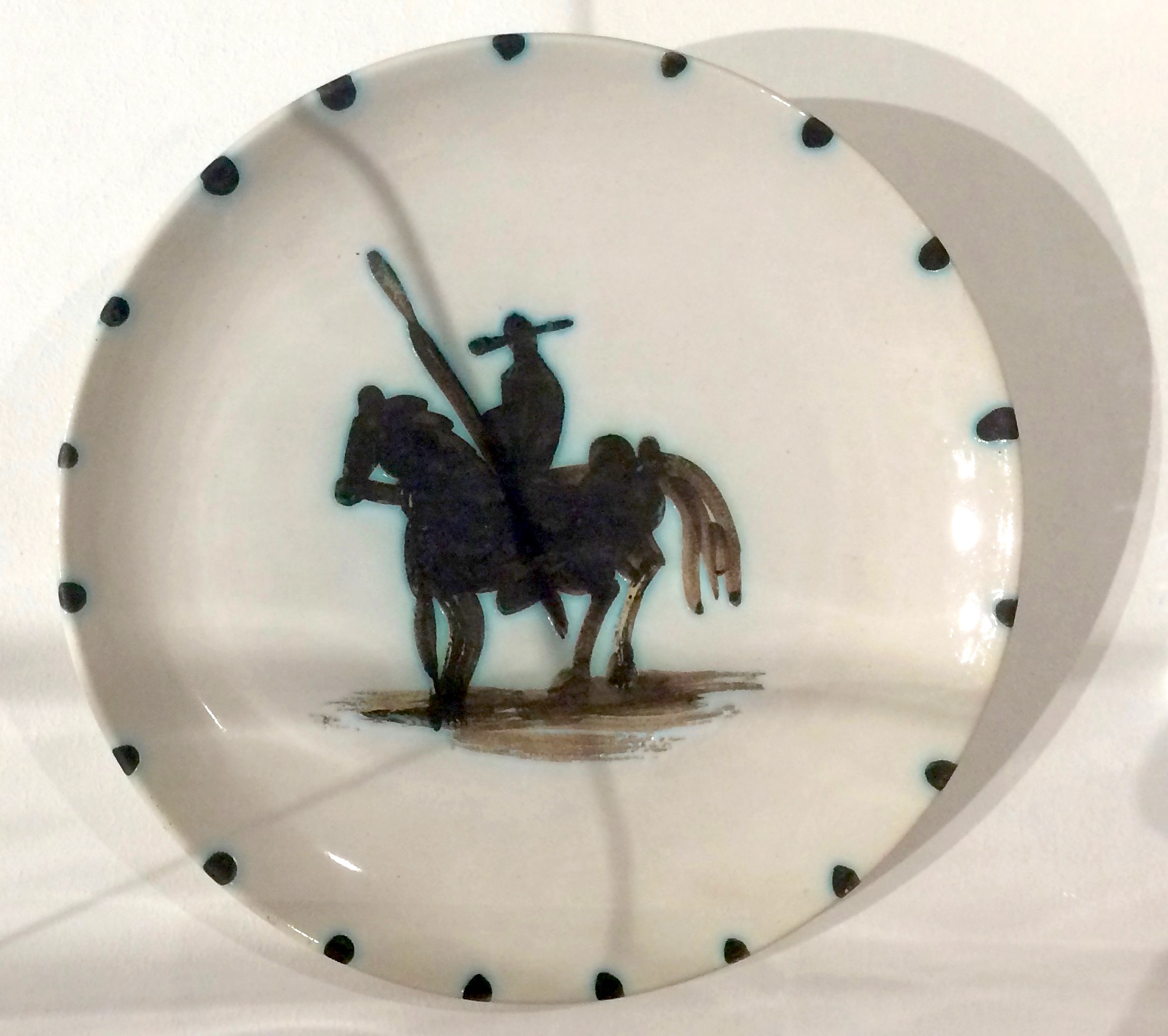













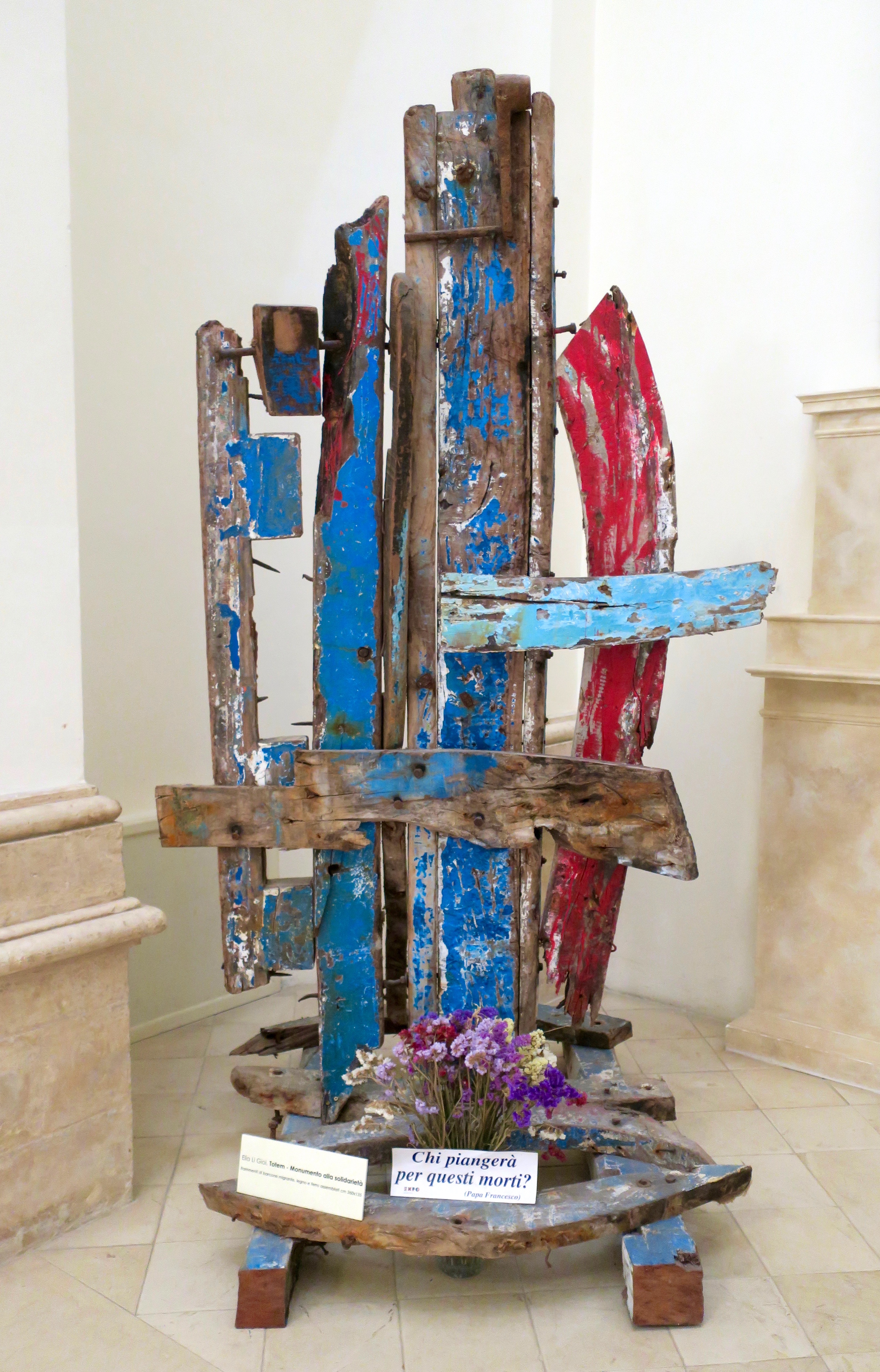



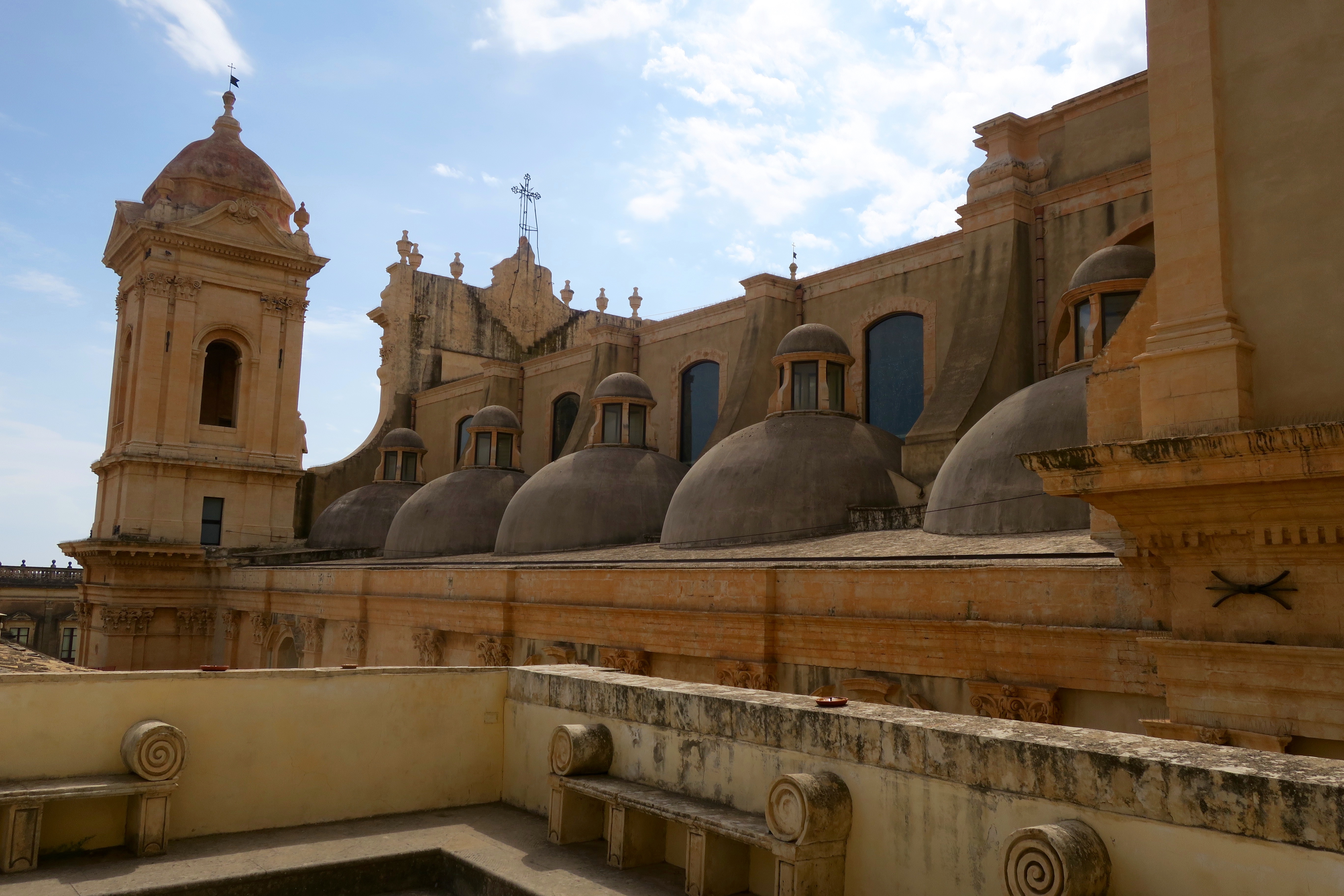



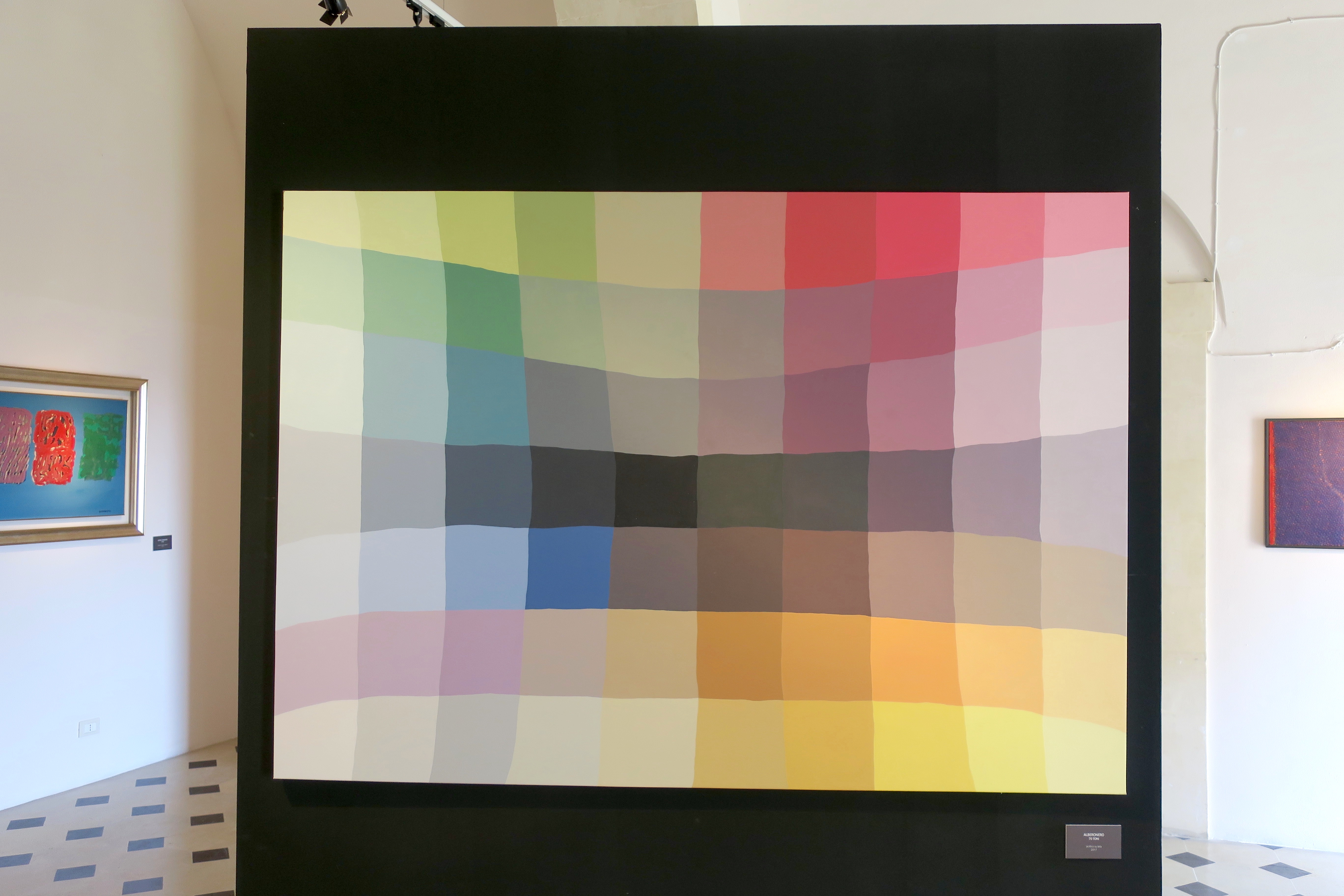
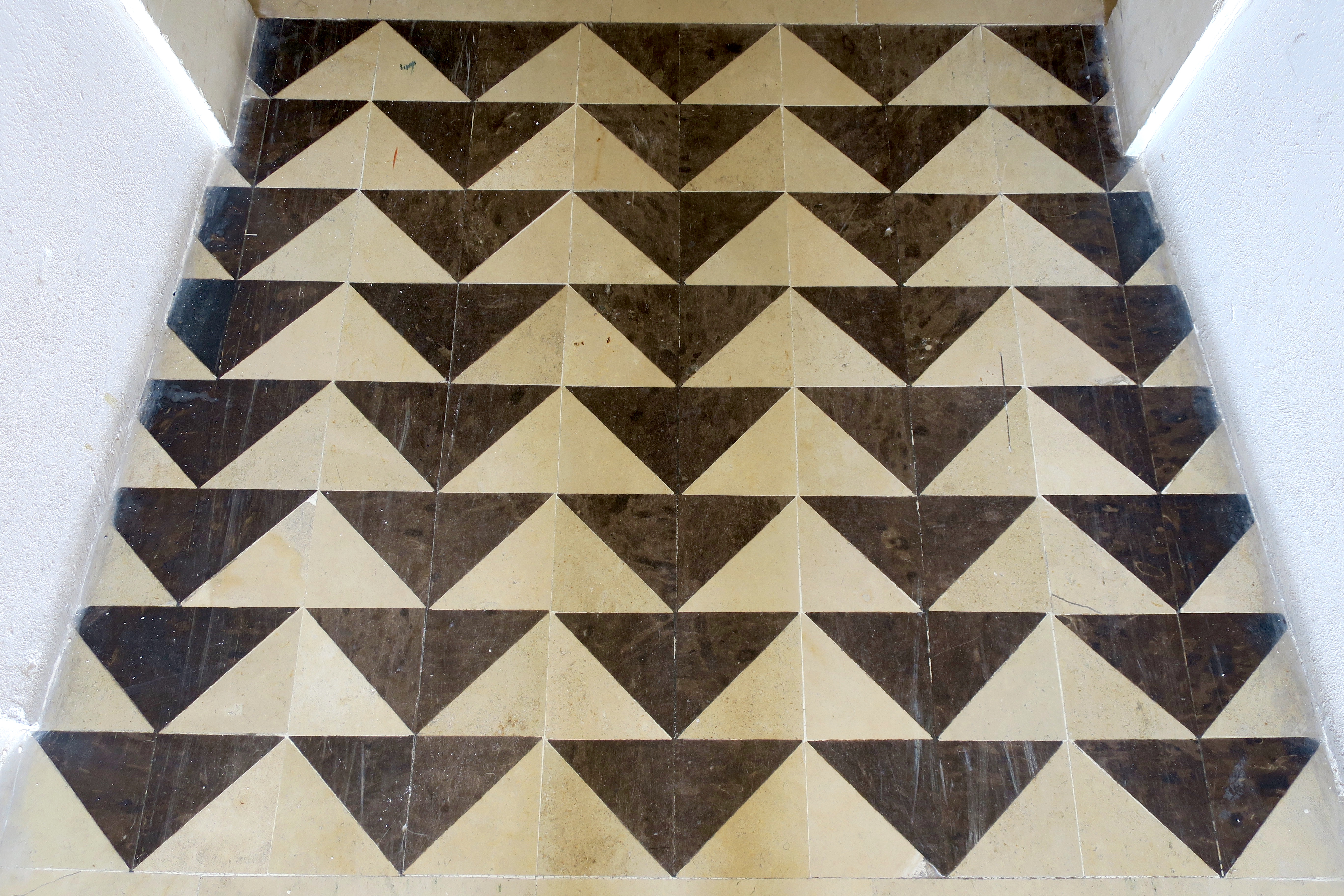





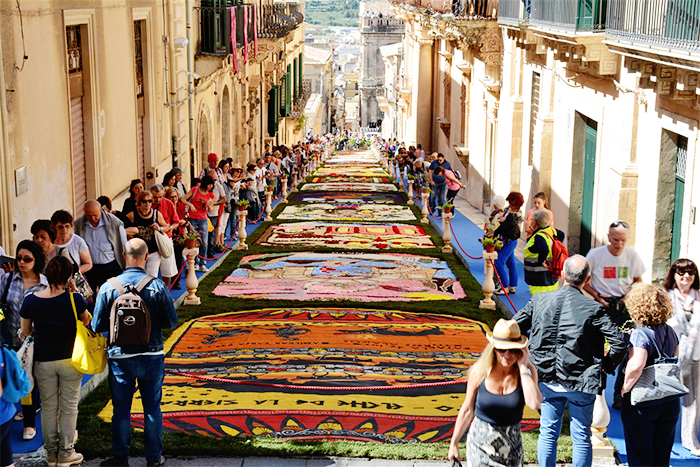
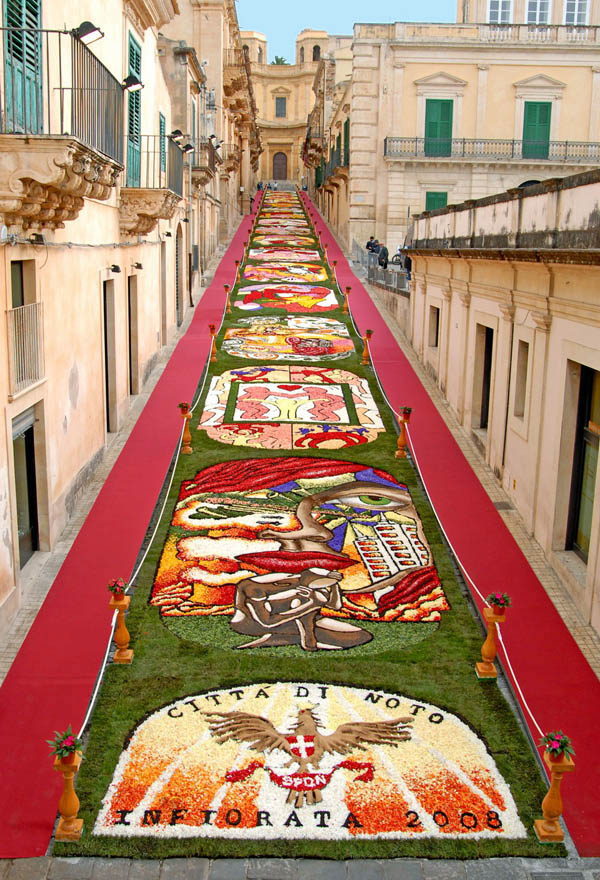


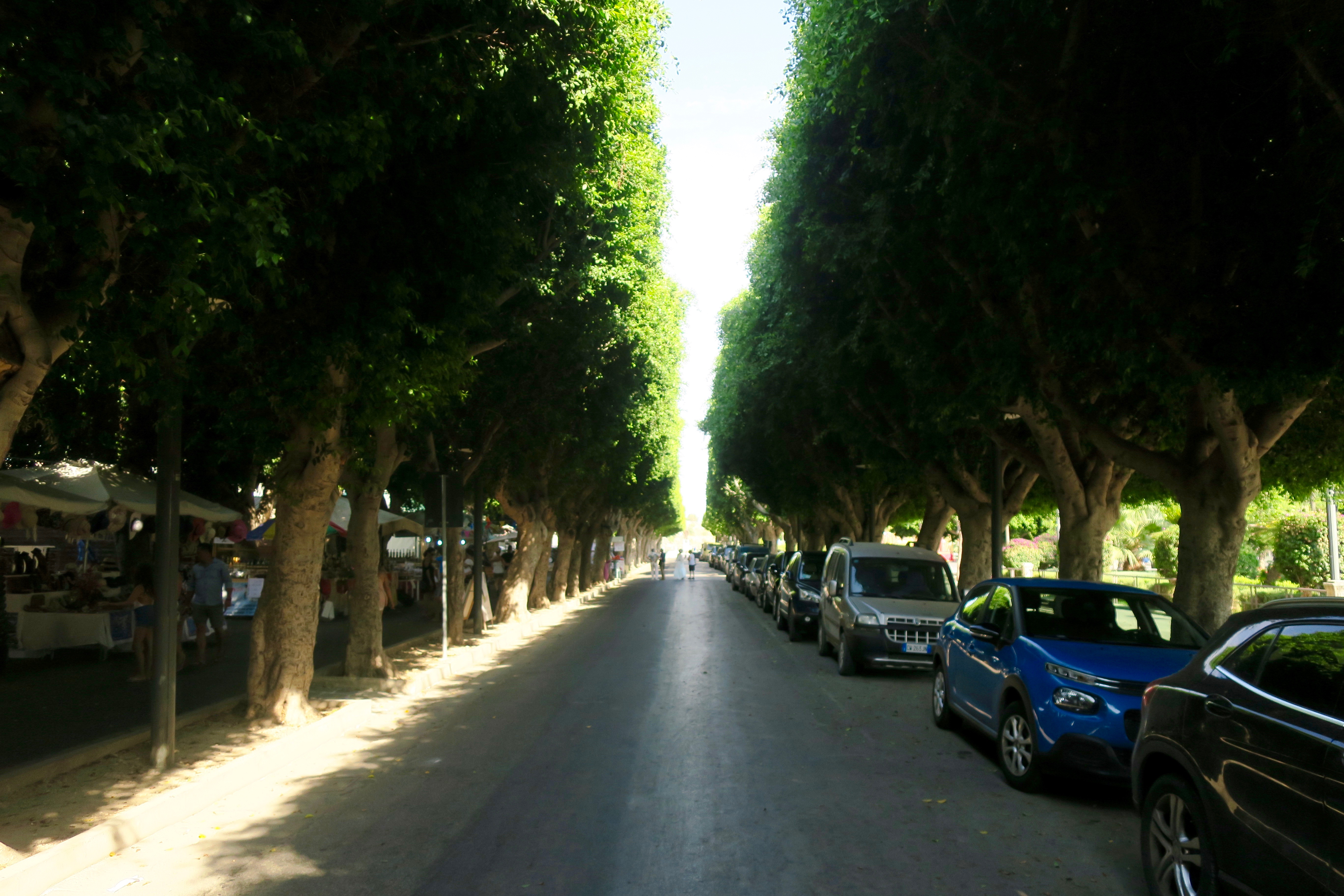

One thought on “Noto”